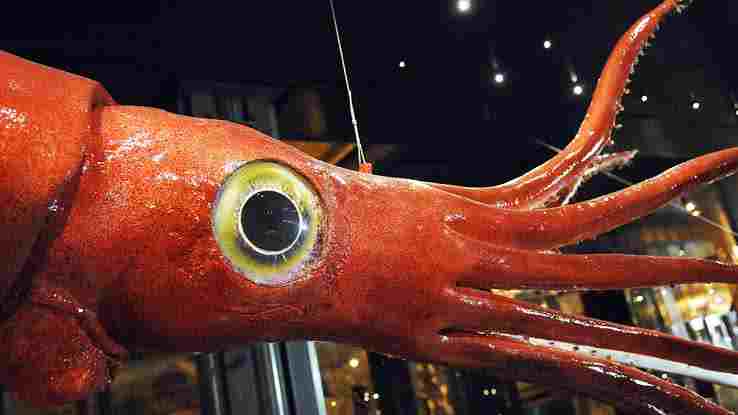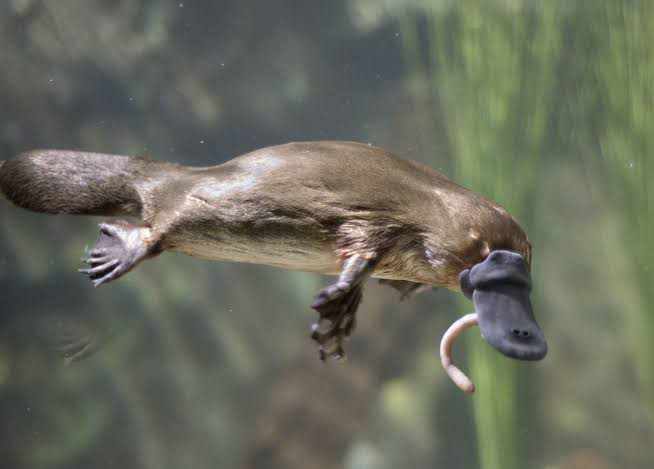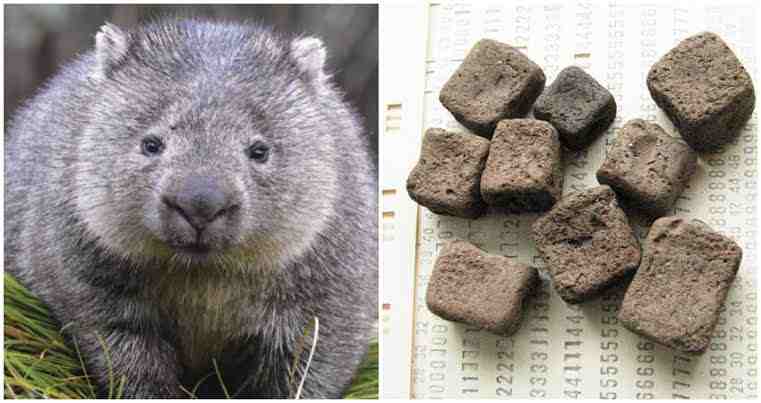Topics in Biology
Cellular respiration in biology Len Academy biology mock questions for waec Len Academy biology midterm questions for SS1, 2nd Term Characteristics of saltwater habitat Aquatic habitat explained with its types Types of habitat: Terrestrial habitat explained with examples What is habitat? Difference between plant cell and animal cell Nucleus explained with its structures Nucleus explained with its types and functions Organelles of the cell explained with their characteristics Eukaryotic cell explained with its characteristics Prokaryotic cell explained with its structure Characteristics of prokaryotic cell Concept of cell Cell theory in biology Importance and limitations of ecological pyramid Protists explained with their characteristics Contents of the scrotum: Epididymis, vas deferens, spermatic cord and cremaster muscle Tropical savanna explained with its characteristicsAcademic Questions in Biology

From the above diagram, which of the organ below isn't a requirement for the male reproductive system?
A. Bladder
B. Ureter
C. Glans Penis
D. Testis
E. Bulbourethral Gland
F. Epididymis
A walnut shaped male accessory sex organ located between the bladder and penis is the _____.
A. Ductus Ejaculatorii
B. Bulbourethral Gland
C. Prostate Gland
D. Ductus Deferens
E. Seminal Vesicles
F. Epididymis
In a food chain, the primary consumers are classified under trophic level _____.
A. Zero
B. One
C. Two
D. Three
E. Four
F. Five
Cold blooded animals are referred to as _____.
A. Homeotherms
B. Endotherms
C. Poilokitherms
D. Ectotherms
E. Thermotherms
F. None of the above
All reptiles are vertebrates.
A. True
B. False
_____ cells are responsible for the formation of osteoblasts.
_____ is a bone that constitute the axial skeleton.
Which of the following is false concerning cartilages and bones?
Recall that bones are composed of living cells called osteocytes and non-living cells (composed mainly of minerals salts and collagen fibres).
In a previous article, we explained the classification of bones based on shape. In case you missed our explanation on bones under the above classification; please read it here.
In this article, we will continue to explain the various types of bone based on their classifications.
We already know that all bones are composed of the same materials. These materials include:
Based on how the contents of a bone is structured, we can classify them into the followings:
1. Compact Bone
A compact bone is composed of numerous bone cells together with minerals (hydroxyapatite); and as a result, only little space or cavity is present within it.
Please read on minerals, their functions and deficiencies in humans here.
Compact bone forms the hard external layer of all bones and will typically surround the medullary cavity. The medullary cavity of a bone houses the bone marrow.
The bone marrow in a compact bone is referred to as the yellow marrow.
The compact bone function to strengthen and protect the inner matrix of the bone.
Compact bone contain osteons. Also, the haversian systems are present within them.
Note: Osteons are composed of osteocytes and minerals (hydroxyapatite) connected by a canaliculi which transports blood.
You can read on arteries and its layers here.
A compact bone is also termed as a cortical bone.
The diagram below shows the compact and spongy bones:

2. Spongy Bone
The structure of a spongy bone is such that empty spaces or cavities are more when compared to the bony tissue. This implies that the osteocytes, hydroxyapatite and fibres are few.
A spongy bone constitutes the internal layers of bones; unlike compact bone which forms the external layers.
Present within the cavities of the spongy bone is the red bone marrow. (Please see the diagram above). The red blood cells alongside other blood cells are produced in the red bone marrow of spongy bones.
Please read more on the red blood cells here.
The tissues (group of cells) making up the spongy bone does not contain osteons, rather they are made of trabeculae. For this reason, the spongy is also termed as the trabecular bone.
When we examine the head of long bones (called epiphysis), we will observe that within it are spongy bones. Here, they function to reduce the density of the epiphysis, thus allowing for compression when such bone is stretched.
You can read on the functions of the human skeleton here.
Understand that a spongy bone can be easily broken and chewed to extract its fluid. In some parts of the world, it's fondly referred to as 'biscuit bone'.
Another name for spongy bone is cancellous bone or trabecular bone.
3. Fibrous Bone
They are found only in fetus and are composed mainly of fibres.
4. Lamellar Bone
You can read on cartilage and types of cartilage here.
We the 3 types of bones with regards to how they are developed; these are:
1. Cartilaginous Bones
Ossification of cartilaginous bone begins from the cartilage. Examples of cartilaginous bones include the bones of the upper limbs, lower limbs, rib cage.
Please read on the differences between bones and cartilages here.
The upper limb is the region of the body that extends from the arm through the fingers.
The lower limb is the region that extends from the thigh through the toes
2. Membranous Bones or Dermal Bones
These bones are very likely to ossify in a fetus. (Think of a fetus or foetus as a baby still inside the mother's womb).
The process through which they ossify is termed <,u>intra-membranous ossification.
The skull and face bones are membranous bones.
Please read on the face and skull bones - with all the 206 bodily bones here.
3. Membrocartilaginous Bones
Examples are collar bone (clavicle), occipital bone and the mandible.
These bones are classified based on whether they are medial (towards the midline) of the body or lateral (away from the midline of the body).
We can categorize them into two:
1. Bones of the Axial Skeleton
The axial skeleton in humans is found along the midline of their body. They include the following bones:
You can read on Cartilage and its functions here.
The diagram below shows the axial skeleton (colored in yellow) and the appendicular skeleton (colored in green):

Note: The ribs, sternum and the thoracic vertebra form the rib cage or thoracic cage.
2. Bones of the Appendicular Skeleton
The appendicular skeleton is located lateral (away) from the body. They include the:
The bones of the upper limbs include
Humerus
Ulna
Radius
Wrist Bones (or Carpal Bones)
Metacarpals
Phalanges
You can read on the unique characteristics of man here.
The bones of the lower limbs include:
Femur
Tibia
Fibula
Ankle Bones (or Tarsal Bones)
Metatarsals
Phalanges
Kindly share this article via the links below:

Please click here to contact Alfred if you require any of the following services:
If you need a standard website at an affordable price.
Online training on the academic subjects: biology, chemistry and basic science.
If you require an advanced smart school management system (web application) for your school.
Click here to read on Len Academy Smart School Software.
Please click here to follow Len Academy on Google News.
Amazing facts in Biology
Russia is home to the largest area of forest in our world with a land mass of 815 million hectares

Giant squid lives deep in the ocean and they have the largest eyes in the world
The movements of the fingers are controlled by muscles of the palms and forehands

Platypus (sometimes referred to as the duck-billed platypus) is an egg-laying, semiaquatic mammal found in eastern Australia. It has no stomach and as such, its food goes from the mouth through the esophagus and directly to their intestines.

Pufferfish contain a toxin called tetrodotoxin. This makes them foul tasting and poisonous to predators. Tetrodotoxin is about 1,200 times more poisonous than cyanide, and there is enough toxin in one pufferfish to kill 30 adult humans. Unfortunately, there isn't any known antidote to this poison.
Interestingly, a delicacy in Japan (called fugu) is made from pufferfish. This meal is very expensive, and must be prepared by trained and licensed chefs. An improper preparation of fugu may lead to the customer's death. Sadly, such deaths are recorded annually

Wombats are the only animal with a cube-shaped poo. They can stack up these cube-shaped poo, marking their territory with it

Robert Wadlow (1918–1940) remains the tallest man ever recorded in the Guinness World Records. He was an American who stood at 8 feet, 11 inches.
An abnormally enlarged pituitary gland had resulted into Robert Wadlow's giant size.
Cockroach is the fastest land animal on six legs

Like humans, all apes laugh when tickled

An ostrich's eye is bigger than its brain
Notable points in Biology

An artery is composed of three layers:
The outermost layer is termed tunica adventitia (or tunica external). It consist mainly of collagen fibres and connective tissues that anchors the arteries to other nearby tissues.
The middle layer is named tunica media. It is made up of smooth muscles and elastic fibres that supports the artery in conveying blood at high pressures.
The inner layer is called tunica intima (or tunica internal). It is lined by a smooth tissue called endothelium, and is made up of a fine network of connective tissues.
All living organisms possess various features in order to survive in their environment. This is the concept of adaptation. As an instance, a fish is able to live in water because it has gills and fins.
Also, a camel is able to survive in the desert because it has large feet to aid walking on sand without sinking. It also has long eyelashes to help protect it from the blowing sand and wind.
Plants are also able to live in different habitats because they have the required adaptive features towards that habitat. For instance:
Plants that live in/on water are termed hydrophytes.
Plants that live on land with moderate amount of water are termed mesophytes.
Plants that live on deserts or arid lands are termed xerophytes.
The point is:
All organisms have various features on them that enables them adapt in their habitat
For a thing to be considered living, it must possess all the basic characteristics of life. These include:
Movement
Respiration
Nutrition
Irritability or Sensitivity
Growth
Excretion
Reproduction
Death
Adaptation
Competition
Please read the explanations on all the basic characteristics of life here
During strenuous exercises like sprinting or running, your body may actually work in the shortage of oxygen. During this time, your body owes oxygen (called oxygen debt) and it must be replenished or repayed after the exercise is stopped. This is why you breathe excess of oxygen after you stopped the exercise.
This is the concept of anaerobic respiration

A food chain is a diagram that shows the relationship between plants and animals within a habitat on the basis of how they rely on each other for food.
Note: Habitat is a place where an organism live. It is of three types: